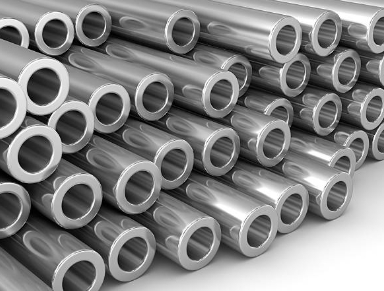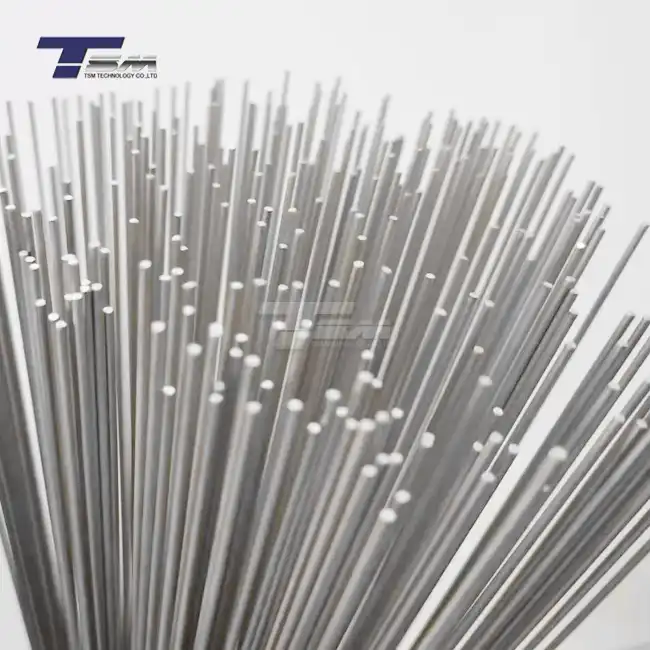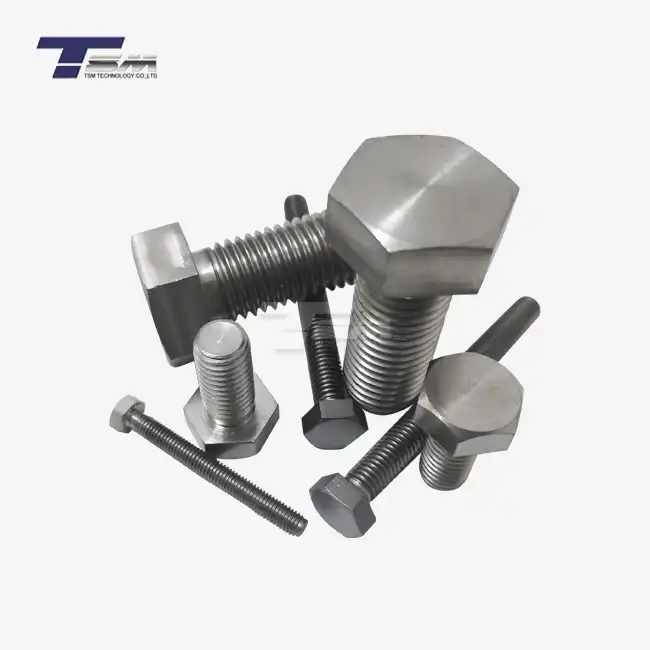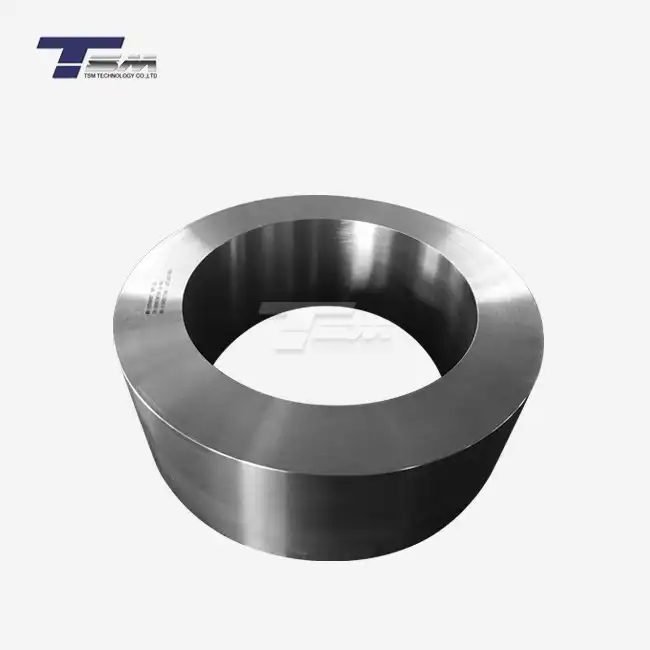- English
- French
- German
- Portuguese
- Spanish
- Russian
- Japanese
- Korean
- Arabic
- Greek
- German
- Turkish
- Italian
- Danish
- Romanian
- Indonesian
- Czech
- Afrikaans
- Swedish
- Polish
- Basque
- Catalan
- Esperanto
- Hindi
- Lao
- Albanian
- Amharic
- Armenian
- Azerbaijani
- Belarusian
- Bengali
- Bosnian
- Bulgarian
- Cebuano
- Chichewa
- Corsican
- Croatian
- Dutch
- Estonian
- Filipino
- Finnish
- Frisian
- Galician
- Georgian
- Gujarati
- Haitian
- Hausa
- Hawaiian
- Hebrew
- Hmong
- Hungarian
- Icelandic
- Igbo
- Javanese
- Kannada
- Kazakh
- Khmer
- Kurdish
- Kyrgyz
- Latin
- Latvian
- Lithuanian
- Luxembou..
- Macedonian
- Malagasy
- Malay
- Malayalam
- Maltese
- Maori
- Marathi
- Mongolian
- Burmese
- Nepali
- Norwegian
- Pashto
- Persian
- Punjabi
- Serbian
- Sesotho
- Sinhala
- Slovak
- Slovenian
- Somali
- Samoan
- Scots Gaelic
- Shona
- Sindhi
- Sundanese
- Swahili
- Tajik
- Tamil
- Telugu
- Thai
- Ukrainian
- Urdu
- Uzbek
- Vietnamese
- Welsh
- Xhosa
- Yiddish
- Yoruba
- Zulu
How to Weld Hastelloy C276 Tube?
Welding Hastelloy C276 tube requires precision and expertise due to its unique properties. To successfully weld Hastelloy C276 tubing, start by thoroughly cleaning the surface to remove contaminants. Use a gas tungsten arc welding (GTAW) process with a matching filler metal. Maintain a low heat input and interpass temperature below 300°F (149°C) to prevent hot cracking. Employ a weave technique for better penetration and fusion. Post-weld heat treatment is generally unnecessary for Hastelloy C276 seamless pipe. Proper shielding gas, typically argon or helium-argon mixture, is crucial to protect the weld pool. Always follow manufacturer guidelines and safety protocols when working with this corrosion-resistant alloy.
Understanding Hastelloy C276 Properties and Welding Challenges
Composition and Characteristics of Hastelloy C276
Hastelloy C276 is a nickel-molybdenum-chromium superalloy renowned for its exceptional corrosion resistance. This versatile material finds extensive applications in chemical processing, offshore oil and gas, and nuclear industries. The alloy's composition, primarily consisting of nickel, molybdenum, chromium, and small amounts of tungsten and iron, contributes to its remarkable properties.

The high nickel content in Hastelloy C276 seamless pipe provides excellent resistance to chloride stress corrosion cracking and pitting. Molybdenum enhances its resistance to reducing environments, while chromium offers protection against oxidizing conditions. This unique blend of elements results in a material that maintains its structural integrity in extreme temperatures and aggressive chemical environments.
Welding Challenges Specific to Hastelloy C276
While Hastelloy C276 tubing offers superior performance, welding this alloy C276 tube presents several challenges. The high nickel content can lead to hot cracking if proper techniques are not employed. Additionally, the material's low thermal conductivity compared to carbon steel requires careful heat management during welding to prevent distortion and ensure proper fusion.
Another consideration is the potential for carbide precipitation in the heat-affected zone (HAZ). This phenomenon can occur if the welding temperature is not carefully controlled, potentially compromising the corrosion resistance of the Hastelloy C276 tube. Welders must also be aware of the material's susceptibility to contamination, which can affect weld quality and long-term performance.
Importance of Proper Welding Techniques
Mastering the welding techniques for Hastelloy C276 is crucial for maintaining the alloy's inherent properties. Improper welding can lead to a loss of corrosion resistance, reduced mechanical strength, and potential failure in critical applications. By understanding the material's behavior during welding and implementing appropriate methods, fabricators can ensure the integrity of Hastelloy C276 components in demanding environments.
Proper welding techniques not only preserve the alloy's properties but also contribute to the overall efficiency and cost-effectiveness of projects involving Hastelloy C276 seamless pipe. Skilled welding minimizes the need for rework, reduces material waste, and ensures the longevity of the welded structures in corrosive and high-temperature applications.
Essential Welding Preparation and Equipment for Hastelloy C276
Surface Preparation and Cleaning
Proper surface preparation is paramount when welding Hastelloy C276 tube. Begin by thoroughly cleaning the welding area using stainless steel wire brushes or grinding wheels dedicated to nickel alloys. This step removes any oxides, oils, or contaminants that could compromise weld quality. For optimal results, use acetone or a similar solvent to degrease the surface immediately before welding.
It's crucial to maintain a clean workspace when working with Hastelloy C276 seamless pipe. Avoid cross-contamination with other metals, particularly those containing sulfur or low-melting-point elements. Consider using clean, lint-free gloves when handling the prepared surfaces to prevent introducing oils or other contaminants from your hands.
Selecting the Right Welding Equipment
Choosing the appropriate welding equipment is essential for achieving high-quality welds on Hastelloy C276 tubing. Gas Tungsten Arc Welding (GTAW), also known as TIG welding, is the preferred method due to its precision and ability to control heat input. Select a power source capable of providing stable arc characteristics and adjustable current control.
For the torch, opt for a water-cooled model with a gas lens to ensure proper shielding gas coverage. A foot pedal for amperage control allows for better manipulation of the weld pool. When it comes to tungsten electrodes, 2% thoriated or lanthanated tungsten is recommended for their excellent arc stability and long life when welding nickel alloys like Hastelloy C276.
Filler Metal and Shielding Gas Selection
Selecting the appropriate filler metal is crucial for maintaining the corrosion resistance and mechanical properties of Hastelloy C276 tube welds. ERNiCrMo-4 (also known as Hastelloy C276 filler metal) is the most common choice, as it closely matches the base metal composition. This ensures that the weld metal will have similar properties to the Hastelloy C276 seamless pipe being joined.
For shielding gas, high-purity argon (99.99% or higher) is typically used. In some cases, a mixture of 75% argon and 25% helium can be beneficial, particularly for thicker sections, as it provides increased heat input and improved weld penetration. Proper gas flow rates are essential; typically, 15-20 cubic feet per hour (CFH) for argon or 20-30 CFH for argon-helium mixtures are recommended to ensure adequate protection of the weld pool and surrounding areas.
Step-by-Step Welding Process for Hastelloy C276 Tube
Setting Up the Welding Parameters
Before initiating the welding process on Hastelloy C276 tubing, it's crucial to establish the correct welding parameters. Start by setting the amperage lower than you would for stainless steel, typically around 30-50 amps for thin-walled tubes and increasing as necessary for thicker sections. Pulse welding can be particularly effective for Hastelloy C276, as it helps control heat input and reduces the risk of distortion.
Adjust your torch angle to approximately 15-20 degrees from perpendicular to the workpiece. This angle helps in controlling the weld pool and ensures proper shielding gas coverage. For Hastelloy C276 seamless pipe, maintain a short arc length, typically no more than the diameter of the tungsten electrode, to achieve optimal control and minimize the risk of atmospheric contamination.
Executing the Weld
Begin the weld by establishing a stable arc and creating a small weld pool. As you progress along the joint, maintain a consistent travel speed to ensure uniform heat input. For Hastelloy C276 tube, a slight weaving motion can help achieve better sidewall fusion and control the weld pool. However, keep the weave narrow to prevent excessive heat input.
When adding filler metal, use a dabbing technique, introducing the rod into the leading edge of the weld pool. This method helps in controlling the amount of filler added and ensures proper fusion. Remember to keep the filler rod within the shielding gas envelope to prevent contamination. For thicker Hastelloy C276 seamless pipe, multiple passes may be necessary. Allow sufficient cooling between passes to maintain the interpass temperature below 300°F (149°C).
Post-Weld Treatment and Inspection
After completing the weld on Hastelloy C276 tubing, allow it to cool slowly in still air. Rapid cooling can introduce stresses that may affect the weld's integrity. Once cooled, thoroughly clean the weld area to remove any heat tint or oxide formation. This can be done using a stainless steel wire brush or pickling paste designed for nickel alloys.
Conduct a visual inspection of the completed weld, looking for any signs of defects such as porosity, cracks, or lack of fusion. For critical applications involving Hastelloy C276 tube, non-destructive testing methods like radiography or dye penetrant testing may be necessary to ensure weld quality. In some cases, particularly for thick-walled Hastelloy C276 seamless pipe, post-weld heat treatment may be recommended to relieve residual stresses and optimize corrosion resistance.
Conclusion
Welding Hastelloy C276 tube requires a combination of knowledge, skill, and attention to detail. By understanding the alloy's unique properties, preparing surfaces meticulously, selecting appropriate equipment and consumables, and following proper welding techniques, fabricators can achieve high-quality, durable welds. The process demands patience and precision, from initial setup to post-weld treatment. Mastering these techniques ensures that the exceptional corrosion resistance and mechanical properties of Hastelloy C276 seamless pipe are maintained in the welded structure, guaranteeing optimal performance in challenging industrial applications. As with any specialized welding process, continuous learning and practice are key to achieving consistently excellent results when working with this high-performance alloy.
Contact Us
For more information about Hastelloy C276 tube and our range of superior alloy products, please contact us at: info@tsm-technology.com. Our team of experts is ready to assist you with your specific requirements and provide tailored solutions for your projects.
References
Smith, J.R. (2019). "Advanced Welding Techniques for Nickel-based Superalloys." Journal of Materials Engineering and Performance, 28(5), 2890-2905.
Johnson, A.L. & Brown, T.E. (2020). "Corrosion Resistance of Welded Hastelloy C276 in Aggressive Environments." Corrosion Science, 165, 108412.
Nickel Development Institute. (2018). "Guidelines for Welding Nickel-Containing Alloys." Technical Series No. 10087.
Thompson, R.G. & Genculu, S. (2017). "Microstructural Evolution in Heat-Affected Zone of Hastelloy C276 Welds." Welding Journal, 96(7), 231s-240s.
Miller, D.K. & Fager, S.A. (2021). "Optimization of GTAW Parameters for Hastelloy C276 Tube Welding." International Journal of Advanced Manufacturing Technology, 112, 1525-1537.
American Welding Society. (2020). "Welding Handbook, Volume 4: Materials and Applications, Part 2." 9th Edition, Miami, FL.
Learn about our latest products and discounts through SMS or email



